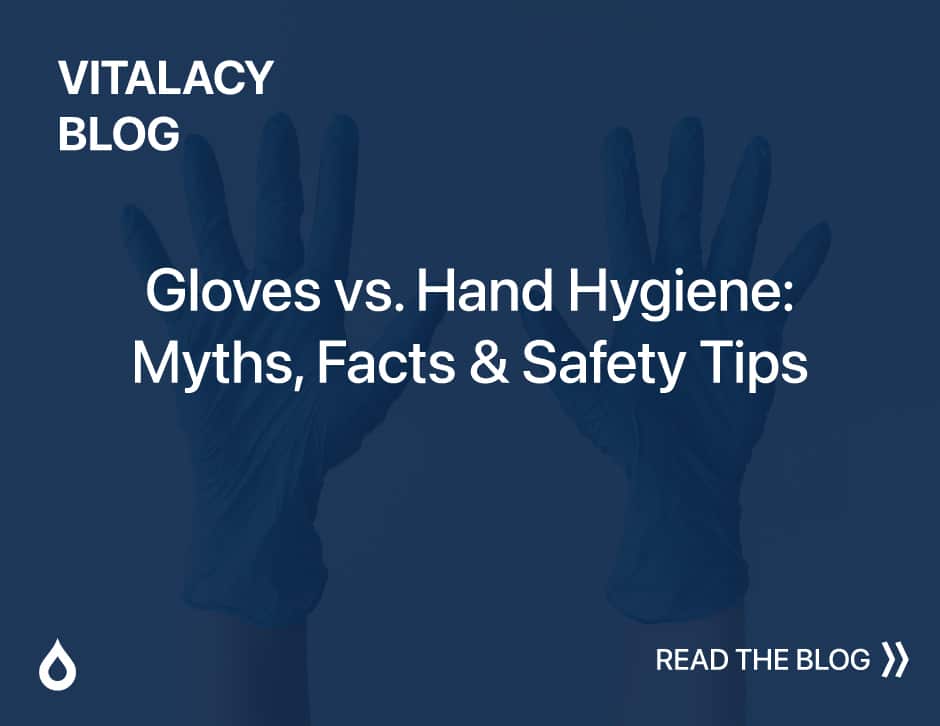
It’s no surprise that 32 percent of healthcare workers report that they do not get enough sleep. Hospitals provide around-the-clock care, meaning nursing staff may work long hours and/or have stressful shift work schedules (shifts outside of the standard 7:00 a.m. to 6:00 p.m. work day). The effects of fatigue vary, but almost always result in lesser ability to perform cognitive tasks and make critical decisions. This creates a dilemma—how do we provide high quality around-the-clock care while also ensuring that nurses do not experience mental and physical fatigue?
Mental Fatigue
The human brain requires seven to eight hours of sleep a night, without which the brain begins to perform poorly. Research has suggested that despite nurses’ motivation, training, and experience, they are no better equipped than anyone else to resist the negative performance effects of sleep deprivation. Chronic sleep-restriction experiments have shown that sleep loss experienced across multiple days, weeks, or even months results in cognitive deficits that accumulate to more severe levels over time without the affected individual being aware. These deficits include loss in cognitive speed, vigilant and executive attention, working memory, and higher cognitive abilities. Hospitals must start to think about these risks while also striving to maintain high quality of care to prevent cognitive-related mistakes that may result in harm or death to patients and nurses.
Physical Fatigue
Fatigue from shift work schedules can manifest itself physically in addition to cognitively. These physical effects are non-trivial and can result in involuntary bouts of microsleep, during which a person may fall asleep for a few seconds while still appearing to be awake. Moreover, psychomotor skills have been seen to diminish and staff and patients are at increased risk of slips, falls, and drops. During more severe sleep deprivation, people have been observed to be completely unable to control their wakefulness and cannot fight falling asleep. Physical risks also manifest themselves outside the hospital, as nurses driving home after shift work schedules are found to have a higher likelihood of being involved in a car accident.
Preventing Shift Fatigue
Shift fatigue results from the irregular demands that come with 24-hour care, since hospital night staff schedules work against the body’s natural circadian rhythm and interrupt the ability to get quality rest. However, there are ways that hospitals can mitigate the risks of nurse fatigue to benefit both staff and patients. In fact, the American Nurses Association (ANA) has released a position statement in an effort to get the conversation started.
While the ANA highlights many evidenced-based best practices for adoption, it emphasizes a handful of key observations on the responsibilities of employers including that employers should:
- Adopt, as official policy, the position that registered nurses have the right to accept or reject a work assignment based on the prevention of risks from fatigue.
- Limit shifts (including mandatory training and meetings) to a maximum of 12 hours in 24 hours (IOM, 2004). Those limitations include on-call hours worked, in addition to actual work hours.
- Conduct regular audits to ensure scheduling policies are maintained.
- Facilitate the use of naps during scheduled breaks, as the benefits of napping during long shifts are well supported by research.
The ANA goes further, publishing a list of recommendations for employers that result in healthier staff, while still maintaining adequate staffing levels. The ANA’s specific recommendations to employers include to:
- Eliminate the use of mandatory overtime as a staffing solution.
- Institute an anonymous reporting system for employees so they can offer information about their accidents, errors, and near misses.
- Institute policies that address the design of work schedules, such as limits on overtime, actions to take when a worker is too fatigued to work, and policies and procedures during emergencies caused by weather and major disasters.
- Coordinate schedules to relieve a registered nurse who has been called in during an off-shift and who is scheduled to work the following shift. Additionally, coordinate the number of on-call shifts assigned in a seven-day period to allow for adequate rest.
- Keep consecutive night shifts to a minimum for rotating shifts.
- Promote frequent, uninterrupted rest breaks during work shifts.
The ANA’s policy position is foundational to how we talk about and solve shift fatigue, however healthcare facilities may have a hard time implementing many of these policies without accurate data. This need for hospital analytics was just one of our motivations when developing our purposeful nurse rounding solution, which among other things, allows management to identify which staff members have completed rounding, at what time, and for how long – helping to identify when a nurse may be overworked or likely fatigued. We take patient and staff safety extremely seriously and this is just one example from our multiple solution offerings that focus on making hospitals safer and more sanitary places while increasing quality of care for patients.
David Weinstein is an American born researcher who writes on the intersection of healthcare and technology. After studying biology at UCLA he went on to focus on emerging IoT protocols, specifically around distributed mesh networks. He also focuses on the application of artificial intelligence in medicine. He studied Biology at UCLA.
Request a demo of Vitalacy’s Automated Hand Hygiene Monitoring Solution today!
Author
-

Vitalacy is committed to reducing patient harm in healthcare through better hand hygiene and patient safety solutions. Bluetooth-enabled smart sensors and wearables help improve outcomes and Leapfrog Hospital Safety Grades.
View all posts




